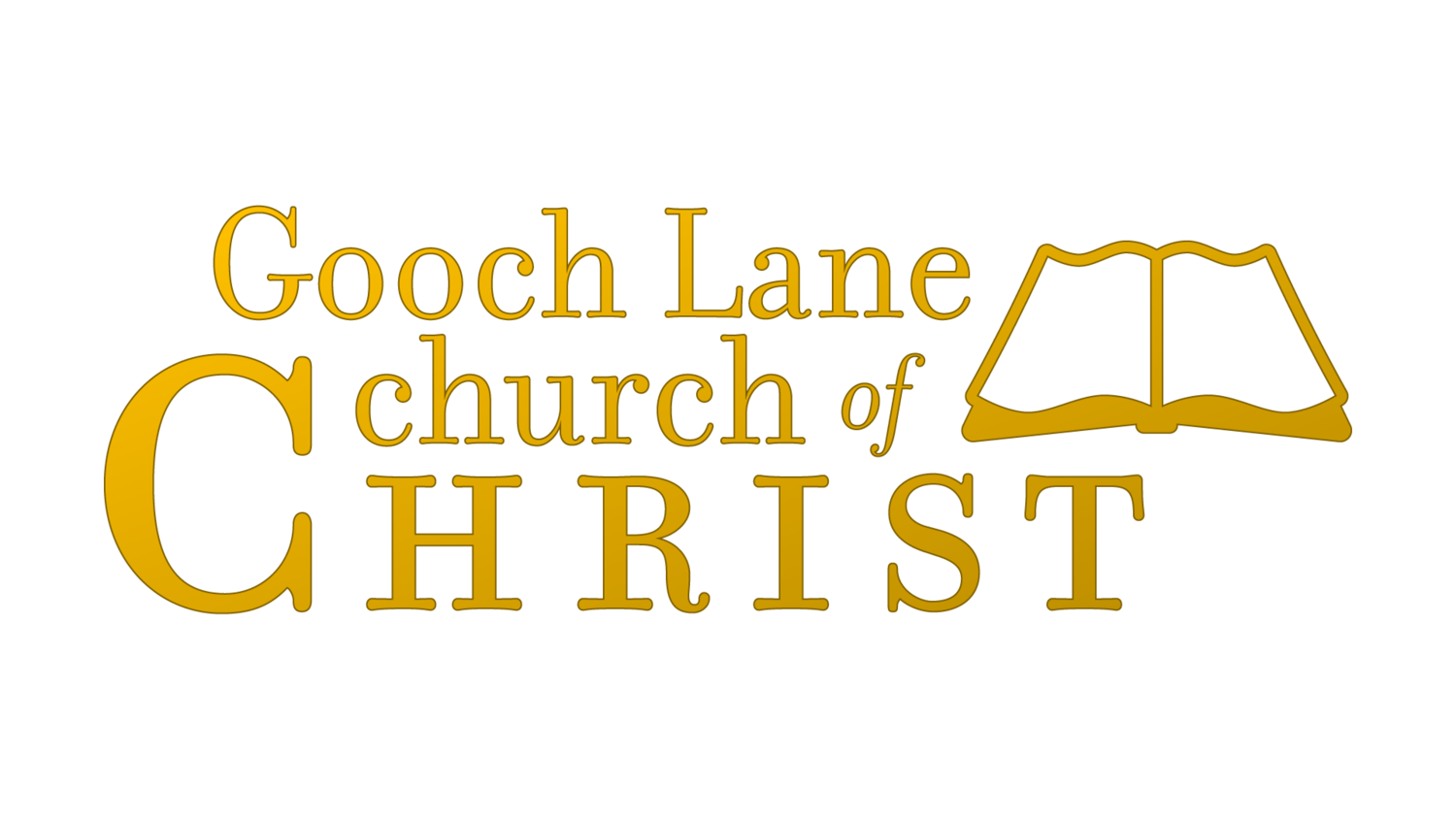The Gooch Lane church of Christ is a group of people in Madison, Alabama seeking to study the Bible and put God’s teachings into practice. We’d love to have you join us for Bible study and worship.
Understanding Old Testament Prophecy
by Greg Chandler
Throughout the Old Testament, God communicated with His people as well as surrounding nations through a group known as prophets. These people at times foretold future events; however, their primary work was to bring people and nations back into compliance with God. Generally, their warnings could be summed up as “turn or burn,” meaning, if the people did not repent of their wrongdoing, they could expect punishment from God.
The latter portion of the Old Testament contains many books that record messages of prophets. The books of Isaiah, Jeremiah, Ezekiel, and Daniel are quite long; thus, over the years they have been called the “Major Prophets.” The books of Hosea through Malachi are much shorter in what is recorded, so they have been referred to as the “Minor Prophets.” Regardless of the book’s length, each contains insight into God’s dealings with His people and other nations at various times in ancient history.
These books contain varied writing styles. Some are very straightforward with their message. Others are written in apocalyptic style, meaning they rely heavily on word pictures to demonstrate their meanings. The latter half of Daniel, Ezekiel, and Zechariah are examples of this style of writing. The book of Jonah is unique in its style among the prophetic writings. Rather than recording messages directed to the people from a prophet, it contains the account of Jonah seeking to run away from God and the consequences. From this story, Israel was to see a reflection of their attitudes.
Many of the prophetic messages not only include a warning to “turn or burn,” but also a hopeful look forward to the coming of Jesus Christ. These messages describe Him as the coming Messiah, Servant, and Savior. They also detail with pinpoint accuracy such things as Him being born to a virgin (Isaiah 7:14), Bethlehem as the place of His birth (Micah 5:2), the horrific nature of His death (Isaiah 53), and burial in a rich man’s tomb (Isaiah 53:9).
The New Testament relies heavily on Old Testament prophecies to make the case that Jesus Christ was the promised Messiah. For example, the Gospel of Matthew records numerous prophecies fulfilled in Jesus. Since his original audience was primarily Jewish, he sought to show them that Jesus was the One promised through their prophets. However, Matthew is not alone in using these prophecies to prove Jesus as the Son of God; many New Testament writers quote from various Old Testament books to demonstrate prophetic fulfillment.
Study of the Old Testament prophets and prophecy serves as a faith-building journey that allows the student to understand God’s plan fulfilled through Jesus. Far from an accident or afterthought, these prophecies provide evidence that one can and should accept His gracious gift of salvation.
